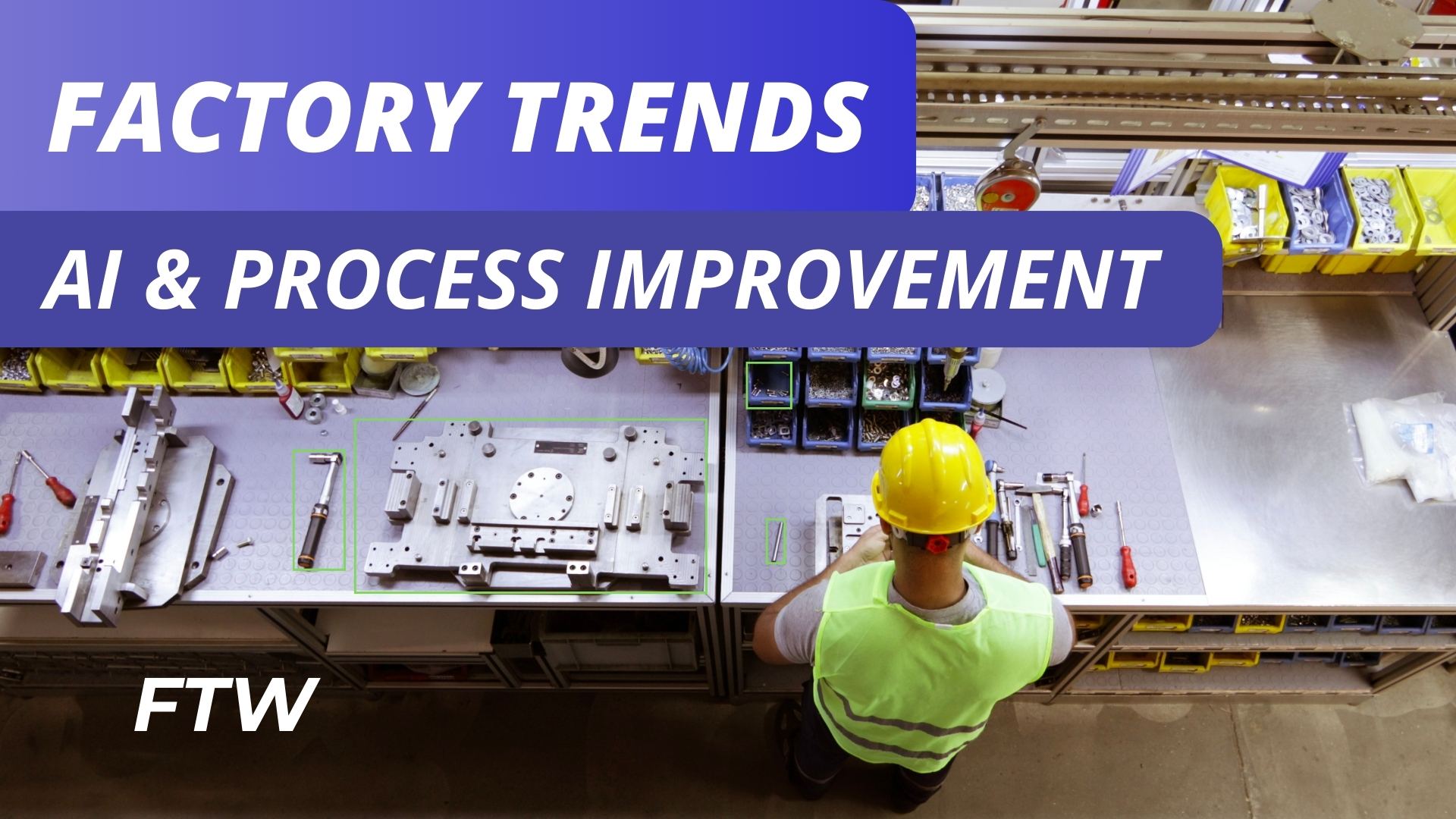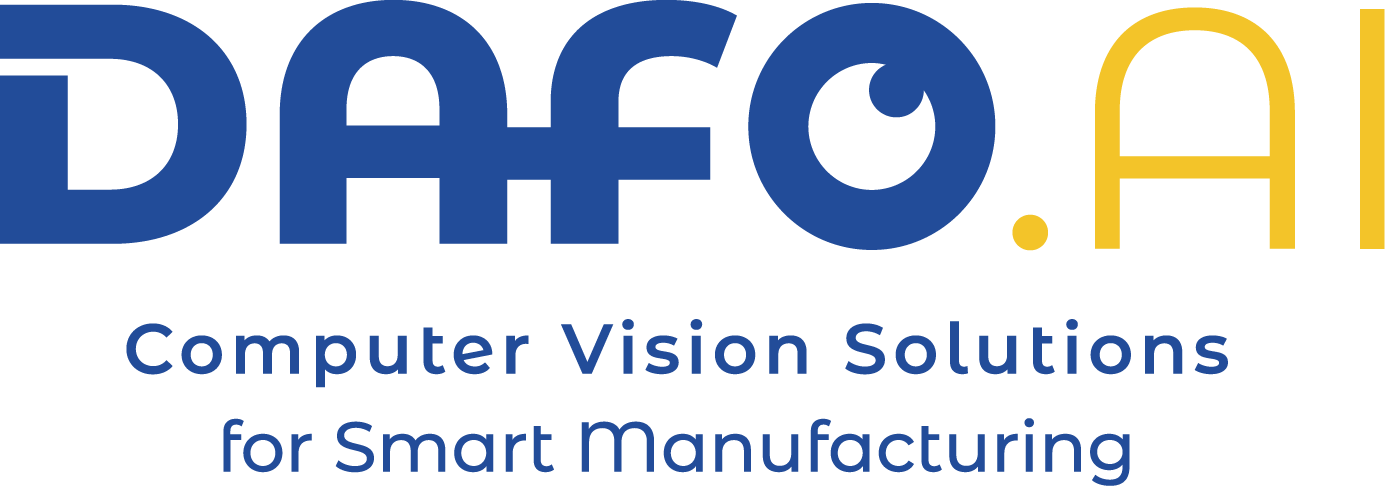
Summary: In this edition of “Factory Trends”, we delve into Explainable AI and Its Impact on Lean Manufacturing. How it aligns with lean manufacturing principles to meet the industry’s precision demands. We discuss how XAI addresses everything from cybersecurity to AI decision accuracy, ensuring transparent and solidly based processes. We share our practical strategy: implementing XAI to clarify digital assistant feedback and introducing a validation button to refine models before their production line integration. Additionally, we highlight XAI’s impact on predictive maintenance, showcasing how it enhances maintenance programs and reduces operational costs.
The Industry’s Precision Demand:
In conversations with IT and Production managers, it was highlighted that an error rate of 1%, even 0.1%, is no longer acceptable. Uncertainty isn’t an option; if a new tool introduces such an error margin, they’d prefer not to implement it. Today’s manufacturing industry carries various fears when deploying AI tools, chiefly concerning cybersecurity, data ownership, and the uncertainties and myths surrounding AI. One of our prospects mentioned, “We don’t implement anything with AI on the production line because ChatGPT gives wrong answers, and we can’t risk that happening in production, as an error could result in a product skipping a validation step.”
The Challenge of Precision in Computer Vision Systems:
Why do errors occur, and how can understanding them enable us to correct them? As AI technology advances, faster than our understanding, Explainable AI (XAI) methodologies emerge. As Gabriel said: “Perceive the cup as the computer does, in a manner akin to how a doctor deciphers an X-ray and gives a diagnostic.”

What is Explainable AI (XAI), and How Does It Align with Lean Manufacturing?
XAI uses methods in AI that provide clear explanations for the decisions and predictions of AI systems. This is vital in manufacturing and industrial processes for several reasons:
- Accountability: XAI ensures AI decisions are based on solid grounds, essential for operating within strict regulations.
- Problem Solving: It allows for quick identification and correction of errors, essential for operational efficiency.
- Quality Control: It ensures production meets the highest standards and facilitates quick and early correction of defects, supporting quality at the source.
- Building Trust: It boosts confidence in AI technology, crucial for its adoption in industrial processes.
Integrating XAI enhances the transparency and understanding of automated decisions, reinforcing continuous improvement and quality.
Our Approach
At Dafo, we use XAI techniques to help users understand and trust the feedback from the digital assistant. We implement validation to assess the model before deploying it on the production line, allowing the trainer to understand what the system sees to identify for example false positives or negatives.
Increasing Trust and Improving the Model
Understanding how the system views adjustments is crucial. This increases confidence and improves the model’s performance, detecting and correcting biases.
LLM-based models are accurate but face computational resource and inference time challenges. Implementing XAI methodologies not only addresses technical-level false positives but also facilitates the technology’s deployment.
Trends
Explainable AI (XAI) has been a game-changer in manufacturing, especially in predictive maintenance. By leveraging advanced models like gradient-boosting decision trees, XAI enables the prediction of machine failures, facilitating timely maintenance that significantly reduces downtime and operational costs. This approach not only optimizes maintenance schedules but also ensures that the manufacturing processes are more efficient and less prone to unexpected interruptions.
Moreover, in the steel industry, XAI has been instrumental in predicting power consumption and process costs for customized products. By applying machine learning models enhanced with explainable AI, manufacturers can accurately estimate the energy requirements and associated costs of production, leading to more sustainable and cost-effective operations. This clarity and transparency in AI’s decision-making process bolster trust among users, allowing for better strategic planning and resource allocation, ultimately driving forward innovation and efficiency in the manufacturing sector.
Read the complete research here:
(PDF) Explainable AI in Manufacturing: A Predictive Maintenance Case Study (researchgate.net)
Conclusion:
To conclude, implementing Explainable AI (XAI) in manufacturing opens the door to more efficient and transparent processes, as well as a bridge to responsible innovation. In this era of digital transformation, where precision and reliability are more critical than ever, XAI stands as an indispensable tool. We commit to continuing to explore and adopt these technologies to ensure that our processes are not only cutting-edge but also understandable and reliable for everyone involved. We invite our readers to join us on this journey of discovery and growth, leveraging XAI to unlock the true potential of our manufacturing capabilities. Stay tuned to our “Factory Trends Wednesdays” for more insights and enriching discussions.
We hope you enjoyed this article as much as we did, and to continue exploring Explainable AI and Its Impact on Lean Manufacturing, do not hesitate to contact us and join the conversation. We are here to navigate this new frontier together, unravelling the mysteries of AI and taking our industrial capabilities to new heights.
See you in the next edition of our newsletter, where we will continue to unravel the trends defining the future of manufacturing. Until next time, manufacturing innovators!
Daniela Gonzalez, Generalist committed to advancing sustainable technology for a safer, more efficient world.
Gabriel Giani, AI Specialist and Code Captain
